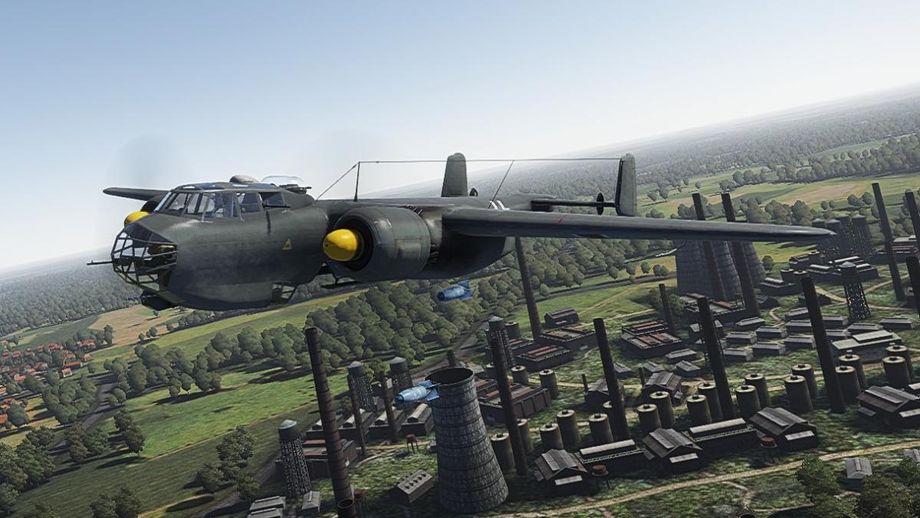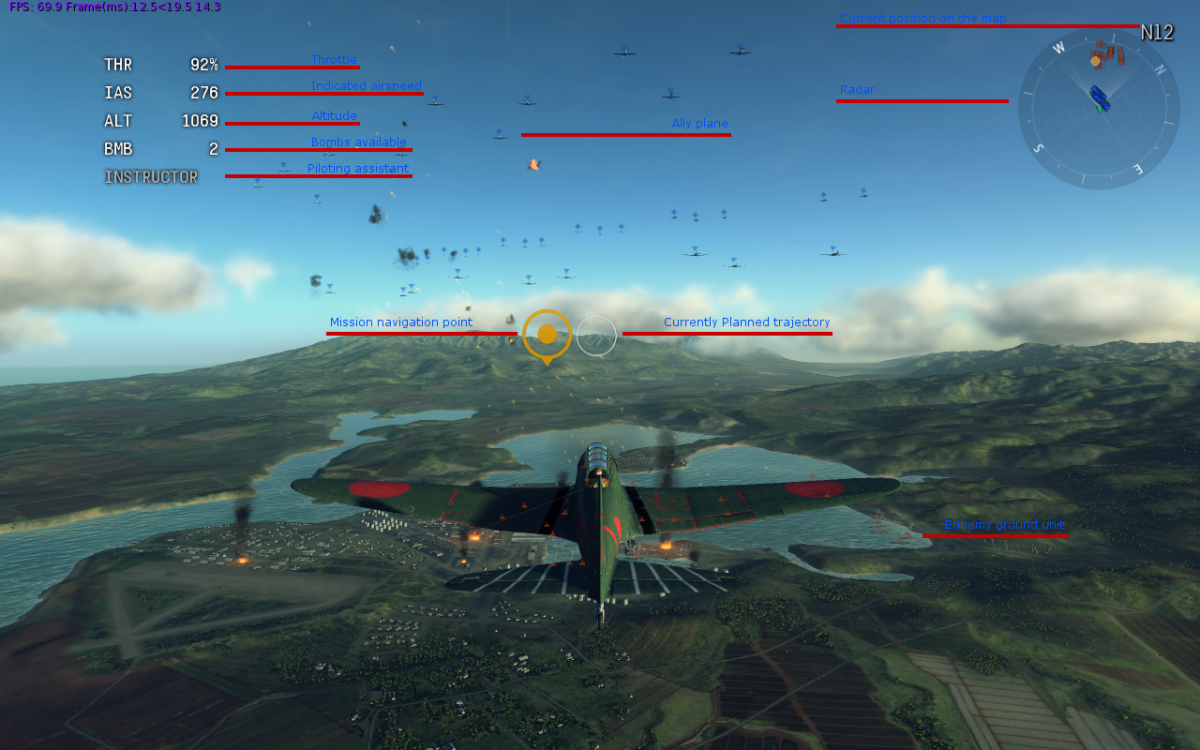

This increased visibility from those positions. Additionally, the teardrop shaped sliding panels at the waist gunners' stations were replaced by rectangular windows. A larger, redesigned vertical stabilizer was also added to the tail. To fit the new tail gunner's position, the fuselage had to be up-sized. The tail gunner's position allowed protection from the rear. Previously, the B-17 had a blind spot at the rear, where no gunners could fire. It featured a tail gunner's position and a rotating dorsal turret behind the cockpit both turret had an armament of two. The B-17E Flying Fortress was an improved version of the B-17D and earlier B-17 variants.

50 cals don't do as much damage as hoped for Slow, will likely encounter enemies that will intercept before you ever get anywhere near target.Sluggish controls and very difficult to manoeuvre.Defensive armaments provide all-around coverage.Calibres below 12.7 mm are ineffective against it.Very sturdy fuselage able to soak up heavy damage.Multiple engines (preserves speed when damaged).Although it is not the "immortal gunship" B-17 of old, if used well, the B-17E is a force be reckoned with. In conclusion, the B-17E is a great introduction for players using the American bomber line. If not then both pilots could get knocked out and send you straight back to the hanger. Also unlike the B-25, the B-17 does not have particularly effective armour or defensive armament in the front, so if an enemy fighter decides to go head on, try turning away to expose your tail, which is a lot more protected against the incoming fighter. NEVER head straight to the enemy base because the enemy player will trace your flight path from your spawn point to their base and easily intercept you. Since they are all heavily armoured, while possessing the ability to rip your wings off with a few 20 mm cannon shots or one shot you with the 30 mm from 1.5 km away, it is better to just avoid them all together by side climbing and using cloud cover when heading to the enemy base. However, the armour and defensive armaments typically won't save you from the high tier interceptors and cannon-armed fighters (especially german heavy fighters/interceptors that are armed with 30 mm cannons and get air spawns) you will face.

This crucial precaution will guarantee more lethal firepower coming from your defensive armament, since not only are you penetrating armour, but you are also setting components ablaze. Some great advice for novice bombardiers is to include incendiary ammunition in your turret belts. The B-17E is not designed to execute sharp defensive manoeuvres (turns, dives, and rolls) unlike its predecessor the B-25, but rather designed to use its defensive armament provided (consisting of 12.7 mm and 7.62 mm turrets) to fight back against harassing enemy fighters. Speaking of armour protection, in order to ensure the greatest chance of survival during an interception, you must not move. The armour ranges from 6.35 mm sheets to a single 38 mm glass plate protecting the tail gunner. The bomber itself provides plenty of armour along the fuselage and tail except for the nose, which is the only area that's not protected by any form of protection. The B-17E is designed specifically to withstand the harshest punishment during combat. NEVER fly directly toward the enemy base interceptors will trace your path and shoot you down. If you are flying alone, side climb then fly along the edge of the map to the enemy base. When using the B-17E, it is best to fly with another friendly bomber or fighter (if possible) to ensure maximum protection. Despite its large bomb load, it's not recommended to target moving ground units, such as tanks or armoured cars, especially when they are travelling in tight columns due to the inaccuracy of your bombs at high altitudes and the ability for the AI on the ground to perform evasive manoeuvres when bombs are falling onto their position. The B-17E Flying Fortress is intended to be used as a high-altitude level bomber in order to target airfields, bases, and land fortifications.


 0 kommentar(er)
0 kommentar(er)
